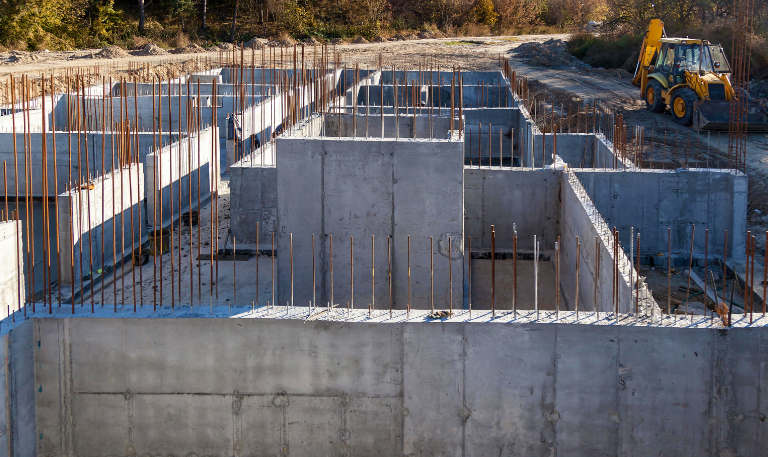Can You Add New Concrete On Top Of Existing Concrete?
When venturing into the vast domain of construction, one often encounters dilemmas rooted in the basics. One such fundamental question is: Can you pour new concrete over existing slabs (called an overlay), and if so, how? Much like a puzzle, it’s not just about the pieces but also how they fit together.
The Science of Concrete Bonding
Concrete isn’t as simple as mixing and pouring. There’s an art and science behind it. When considering overlaying a new layer on an old one, you must take into account:
- Cleanliness: Any surface meant to bond with another should be free from dirt, debris, and loose materials that could obstruct the bond.
- Surface Texture: Smooth surfaces are the enemy of adhesion. Roughening the existing concrete, either through acid etching, grinding, or shot blasting, provides the grip needed for the new layer.
- Moisture Content: A slightly damp old surface prevents the underlying concrete from drawing water from the new concrete, ensuring a more cohesive bond.
- Condition: If you pour on broken or cracked concrete, the differential movement will cause those issues to propagate into the new concrete.
Why Opt for Layering New Concrete Over Old?
The decision to introduce new concrete over an established layer often arises due to:
- Structural Repairs: Over time, wear and tear can compromise the strength and aesthetics of a structure. A fresh layer can rejuvenate and strengthen the area.
- Cosmetic Enhancements: Updating the look or incorporating new designs into existing walkways, driveways, or patios can be achieved with a new layer.
- Expansion Projects: Merging old and new sections during a construction expansion becomes easier with this method.
Challenges in Merging Old with New
Every construction process comes with its challenges. Here are some potential pitfalls to watch out for when pouring new concrete over an old slab:
- Minimum Thickness: A layer too thin can be its downfall. It’s prone to cracking and may not bond well. A recommended thickness for the new layer is at least 2 inches.
- Shrinkage Issues: Fresh concrete shrinks as it dries. This can lead to potential bonding issues if not considered.
- Environmental Factors: Aspects such as frost heave or extreme heat can interfere with the bonding process, leading to potential weaknesses or even structural failures.
The Right Approach for Construction Professionals
Those in the construction industry should consider a few essential steps to make the merging of old and new concrete successful:
- Proper Assessment: Before any work begins, assess the existing slab’s condition. Look out for deep cracks, surface delamination, or any signs of structural failure.
- Choose the Right Mix: Not all concrete mixes are created equal. Depending on the project, you might need a mix that offers more flexibility or one that’s designed specifically for overlays.
- Hire Skilled Labor: Ensure that the team working on the project understands the intricacies of working with concrete overlays. Proper training and experience can make all the difference.
So, Should You Add New to Old Concrete?
Merging new concrete with old isn’t merely about pouring one over the other. It requires understanding, precision, and attention to detail, much like every aspect of the construction industry. When done correctly, this process can breathe new life into old structures, providing both aesthetic beauty and reinforced strength. For those in the construction realm, this method can be a testament to the blending of old foundations with new innovations.

Ready Mix Sales ManagerDavid Welch
Latest News

4 Ways To Reinforce Concrete
Concrete is one of the most fundamental materials used in construction. If you’re working on a domestic project or a […]

The Environmental Benefits Of Using Ready-Mix Concrete
The construction industry is changing quickly to meet the growing demand for sustainability and eco-friendly practices. One of the most […]

6 Essential Tips For Grouting Stone Veneer
Grouting stone veneer is an important step in the installation process that can significantly impact the overall look and durability […]

Should You Fill Hollow Concrete Blocks?
Hollow concrete blocks are widely used in construction due to their strength, versatility, and lighter weight compared to solid blocks. […]
